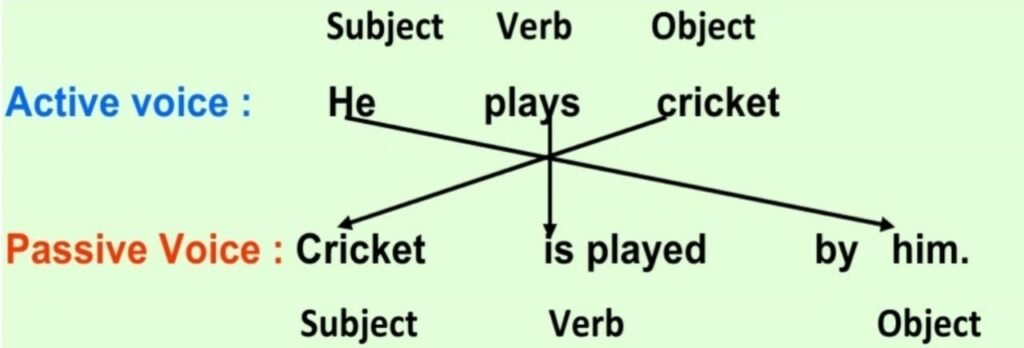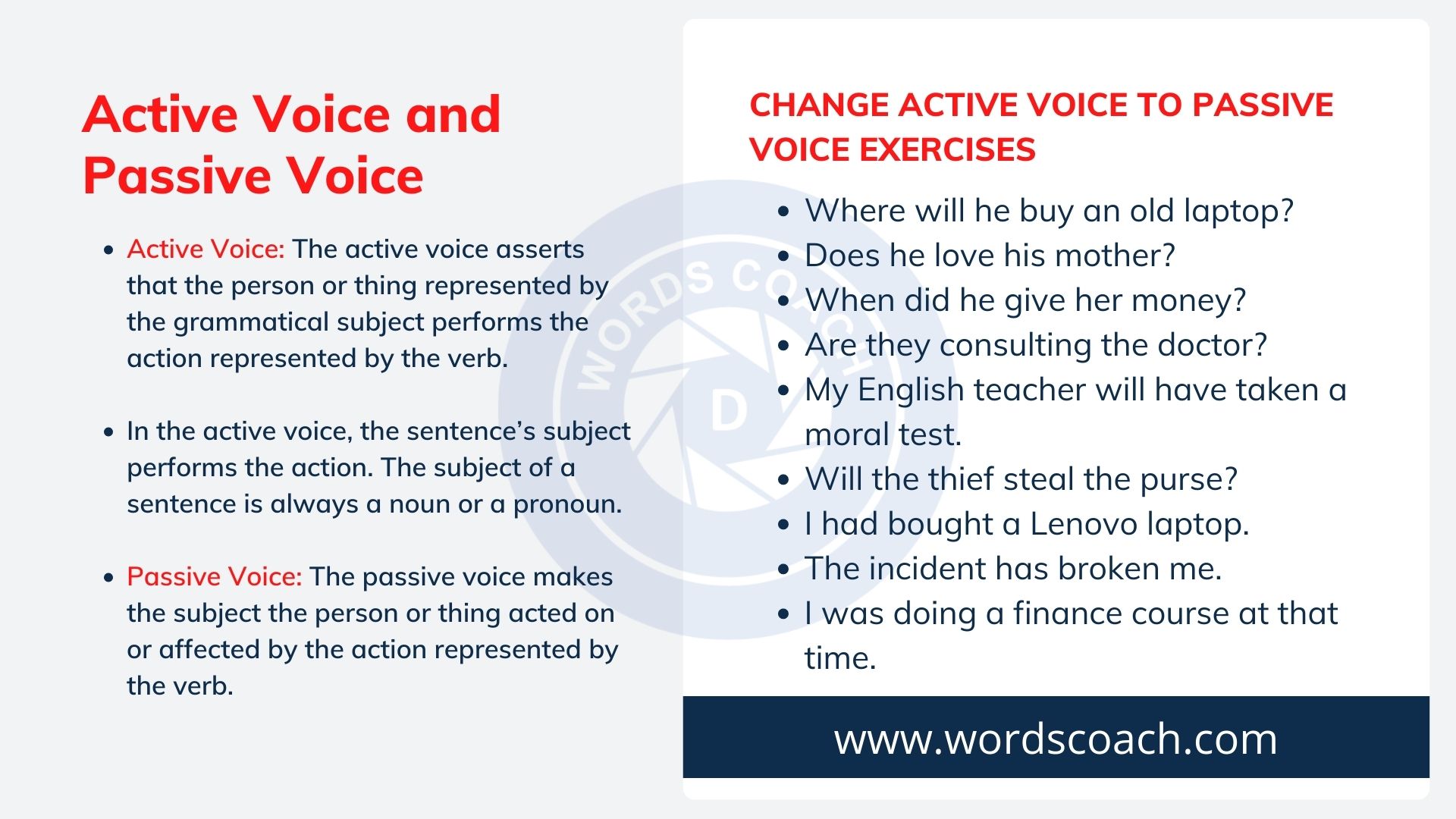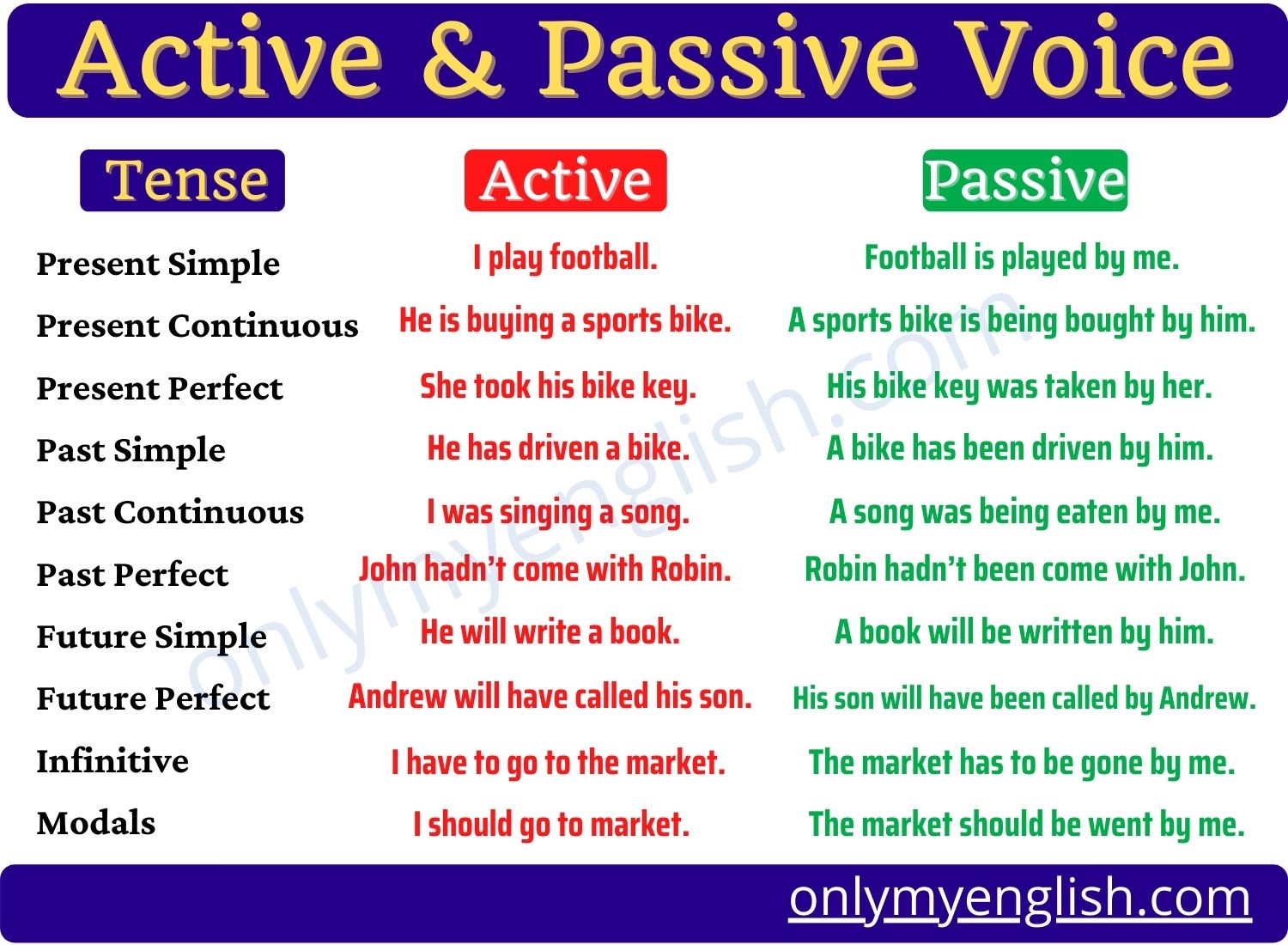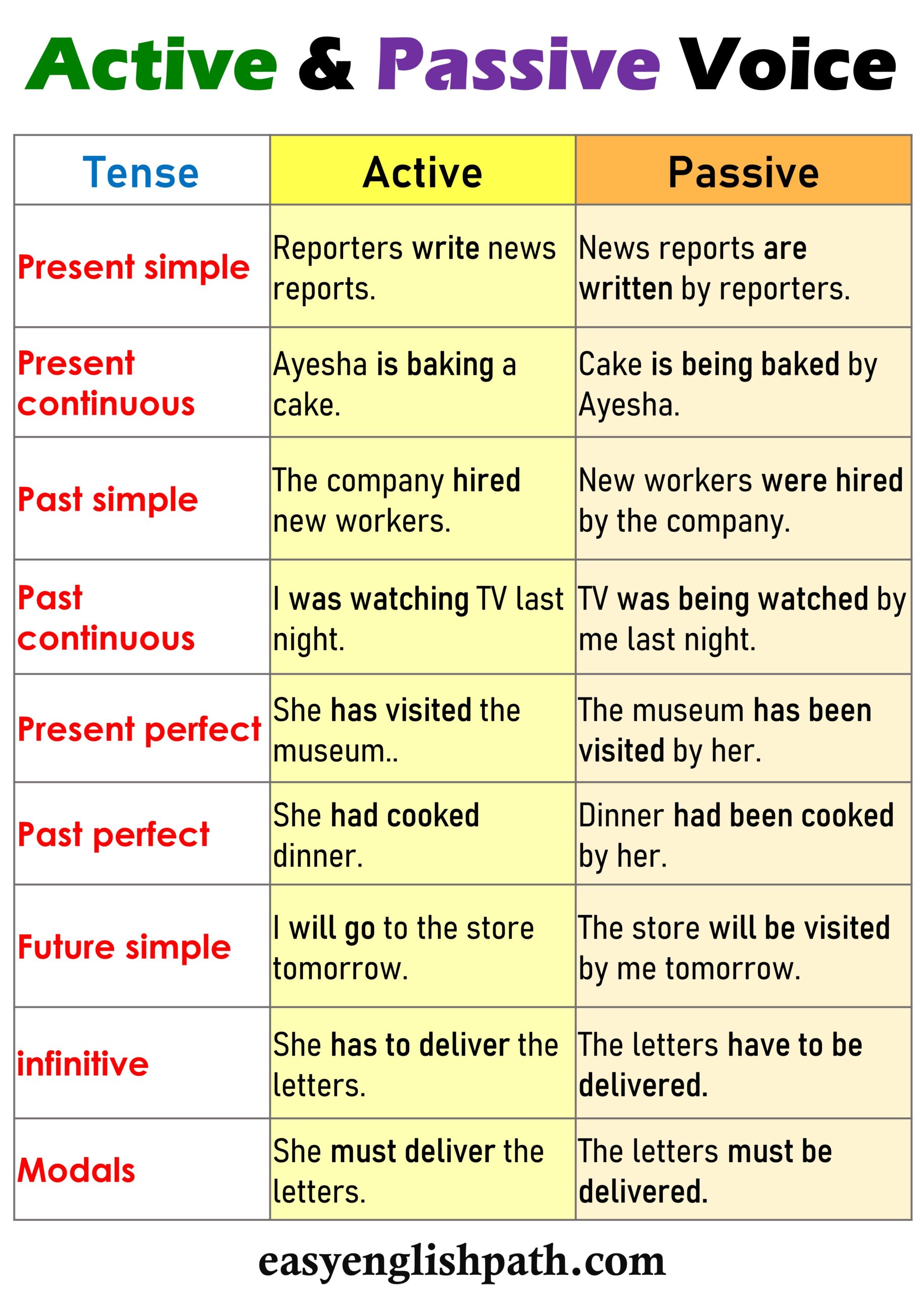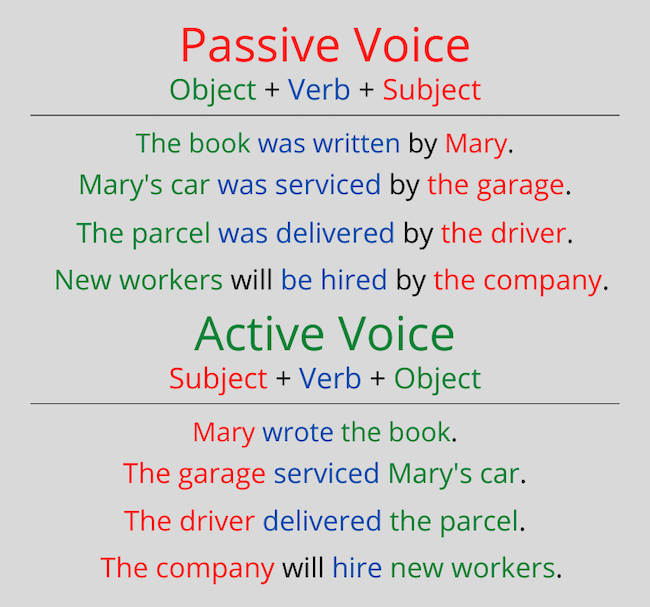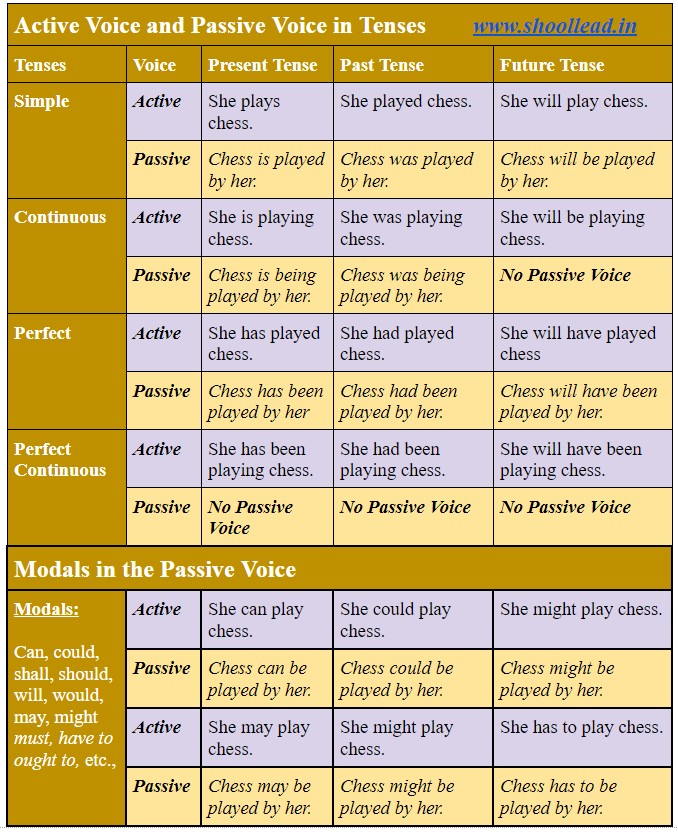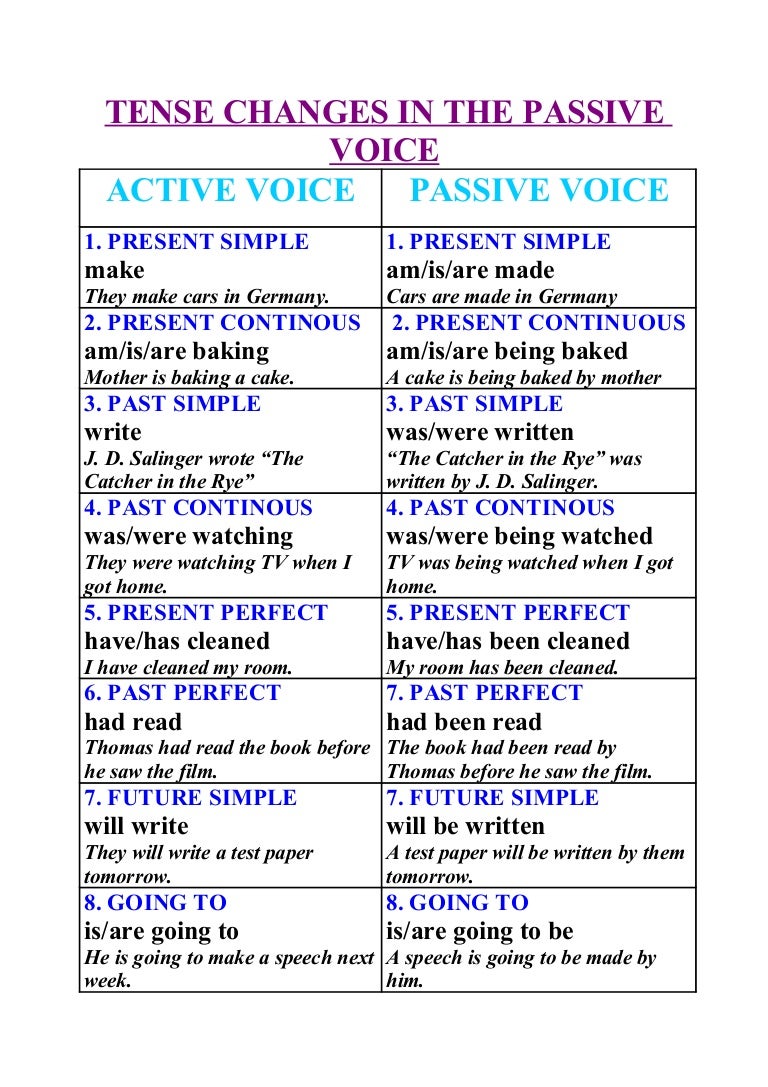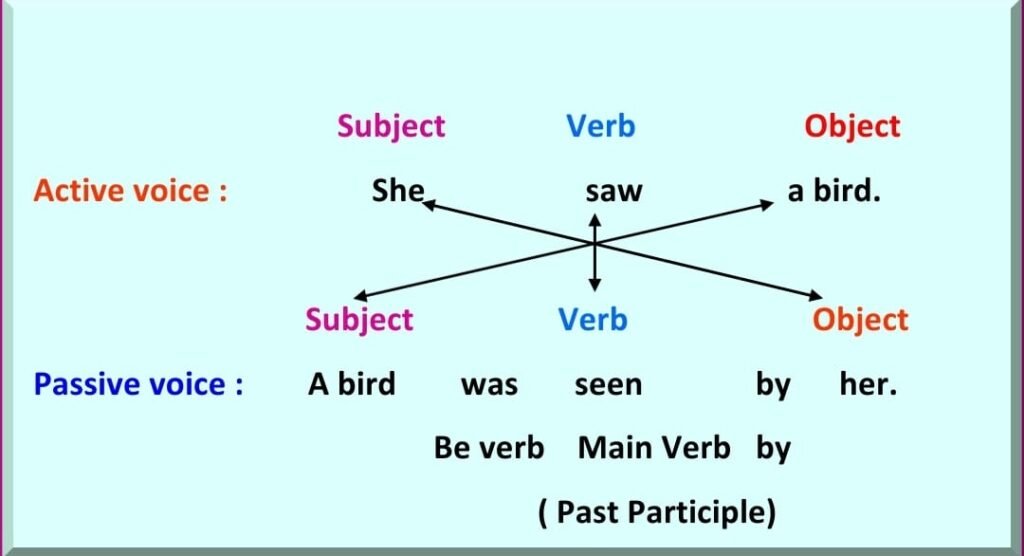Change Active Voice To Passive Voice

Imagine a gentle breeze rustling through leaves, the sun dappling the forest floor. Birdsong fills the air, a natural symphony. But what if that same scene were described differently, with a shift in perspective, a subtle change in the way the story is told?
This is the essence of transforming sentences from active to passive voice. A fundamental aspect of language, this transformation alters sentence structure and emphasis. The impact can range from nuanced stylistic shifts to significant differences in meaning.
A Journey Through Grammatical Landscapes
Active voice, the more common and direct form, typically features the subject performing the action. For example, "The dog chased the ball." The subject, 'dog,' actively performs the verb, 'chased.' It is clear, concise, and generally preferred for its straightforwardness.
However, passive voice reverses this. The action receives the focus, and the subject becomes less prominent, or even disappears entirely. "The ball was chased by the dog" illustrates this change, with the emphasis now on the 'ball' and the action happening to it.
The passive voice is formed using a form of the verb 'to be' (is, are, was, were, being, been) plus the past participle of the main verb. This structural shift creates a distance between the actor and the action.
Origins and Evolution
The use of passive voice isn't a recent development. It has been a part of the English language for centuries, evolving alongside other grammatical structures. Early English texts often relied on passive constructions more frequently than modern English, reflecting different rhetorical preferences.
Over time, writers and grammarians have debated its merits and drawbacks. Some criticize its potential for obfuscation, while others acknowledge its usefulness in specific contexts. Clarity is a key consideration when choosing between active and passive voice.
The Modern Language Association (MLA) offers detailed guidance on grammar, usage, and style. They emphasize the importance of understanding both active and passive voice to make informed writing choices.
Significance in Communication
The passive voice isn't inherently bad, it's a tool. In situations where the actor is unknown, unimportant, or intentionally hidden, it becomes valuable.
"Mistakes were made," is a classic example where responsibility is avoided.
Scientific writing often employs the passive voice to emphasize objectivity. For instance, "The experiment was conducted..." removes personal bias from the description of the methodology. This enhances the perception of impartiality.
In legal documents, the passive voice can be used to create formal and impersonal language. "The contract was signed" avoids attributing the action to a specific individual. It's about creating an aura of formality and detachment.
Careful consideration should be given to the impact of each choice on the overall message. Choosing active voice can improve clarity, while the passive voice serves specific needs.
Think of the sentence: "The report was written." The reader is left wondering who wrote it. Compare this to "John wrote the report," which is much more direct and informative.
Crafting with Intent
Mastering the art of switching between active and passive voice requires practice. Experimenting with different sentence structures helps develop a deeper understanding of their effects.
Editors often play a crucial role in refining writing, suggesting changes to voice to improve clarity and impact. They are the guardians of effective communication. Their guidance is essential for enhancing written work.
Consider the audience and purpose of the writing. This will influence the choice between active and passive voice. This alignment between message and delivery is crucial.
Ultimately, the goal is to write with intention and precision. By understanding the nuances of active and passive voice, we can become more effective communicators. We can share our stories with clarity and power.

